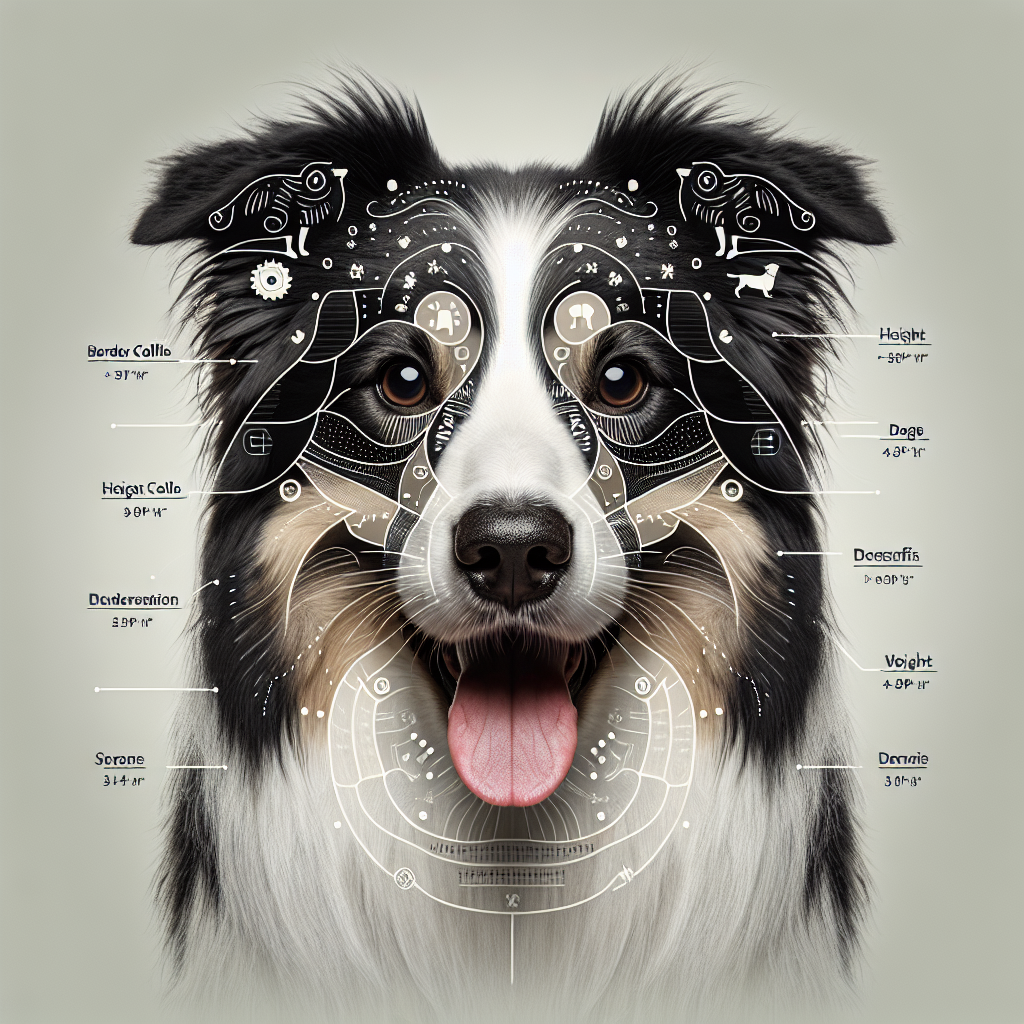Imagine having a furry friend by your side who is both intelligent and agile. The border collie, known for its exceptional herding abilities, is a breed that has captured the hearts of dog lovers worldwide. But just how big is a border collie? This article will explore the size of this remarkable breed, providing insights into their typical measurements and physical attributes. Whether you’re considering adding a border collie to your family or simply curious about their stature, read on to discover more about the size of these captivating canines.
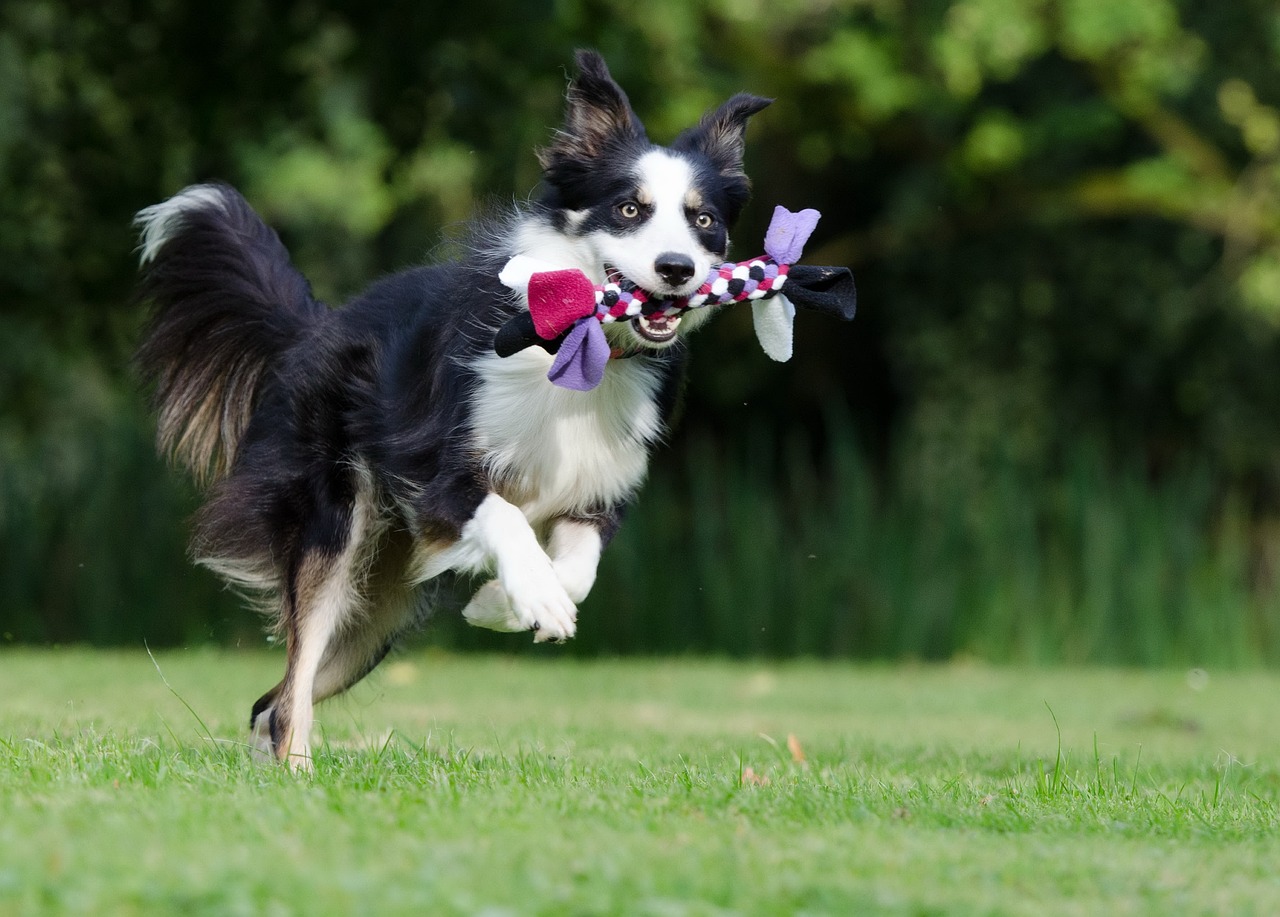
General Information
Average size of a Border Collie
The average size of a Border Collie can vary slightly depending on the individual dog and its lineage. On average, a fully grown Border Collie stands at around 18 to 22 inches (45 to 55 cm) at the shoulder. However, some individuals may be slightly taller or shorter than this range.
Height of a Border Collie
The height of a Border Collie, measured at the shoulder, typically ranges from 18 to 22 inches (45 to 55 cm). This height measurement is an important aspect to consider when comparing the Border Collie to other dog breeds or determining their suitability for specific activities.
Weight of a Border Collie
The weight of a Border Collie is usually between 30 to 55 pounds (14 to 25 kg). However, it is important to note that Border Collies come in different sizes, and their weight can vary depending on their genetics, diet, and exercise level.
Physical features of a Border Collie
Border Collies are well-known for their athletic and agile build. They have a medium-sized, proportionate body with a strong and muscular build. Their heads are typically broad, while their eyes are expressive and often display a captivating gaze. Border Collies have a double coat, with a dense and weather-resistant outer coat and a softer undercoat, which keeps them well-insulated in various weather conditions. Their coat can come in a variety of colors and patterns, including black and white, red and white, tri-color, and more.
Size Comparison
As a Border Collie owner or enthusiast, it is helpful to have a sense of how Border Collies compare in size to other popular dog breeds. Let’s explore some common size comparisons.
Border Collie vs. Australian Shepherd
The Border Collie and Australian Shepherd are both herding breeds with similar physical characteristics. In terms of size, they are relatively close, with the Australian Shepherd being slightly larger on average. Typically, Australian Shepherds stand around 18 to 23 inches (45 to 58 cm) tall at the shoulder and weigh between 35 to 70 pounds (16 to 32 kg).
Border Collie vs. Australian Cattle Dog
When comparing the Border Collie to the Australian Cattle Dog, also known as a Blue Heeler, there is a noticeable difference in size. Australian Cattle Dogs are generally smaller than Border Collies, with a height range of 17 to 20 inches (43 to 51 cm) and a weight range of 35 to 50 pounds (16 to 23 kg).
Border Collie vs. Shetland Sheepdog
The Shetland Sheepdog, often referred to as a Sheltie, is another herding breed that may share some similarities with the Border Collie. However, when it comes to size, there is a notable difference. Shetland Sheepdogs are smaller in stature, typically standing at around 13 to 16 inches (33 to 41 cm) tall at the shoulder and weighing between 15 to 25 pounds (7 to 11 kg).
Factors Affecting Size
Several factors influence the size of a Border Collie. It is important to consider these factors when understanding the potential size variations among individual dogs of this breed.
Genetics and lineage
Genetics play a significant role in determining the size of a Border Collie. The size of the parents and grandparents can offer insight into the potential size of the offspring. Breeders who focus on producing smaller or larger Border Collies may influence the overall size of the breed through selective breeding.
Gender
Gender also affects the size of a Border Collie, with males typically being larger than females. Male Border Collies often have a more substantial build and may be slightly taller and heavier compared to their female counterparts.
Nutrition and diet
Proper nutrition is essential for a Border Collie’s growth and overall health. A balanced diet that meets their nutritional requirements can help ensure healthy development. Overfeeding or providing a diet lacking in essential nutrients can lead to excessive weight gain or stunted growth.
Exercise and activity level
Regular exercise and physical activity play a crucial role in a Border Collie’s overall development. Insufficient exercise can impede their growth and contribute to weight gain, while proper exercise supports healthy muscle development and overall physical well-being.
Size Variations
While the average size of a Border Collie falls within a specific range, there are variations within the breed that result in different sizes.
Standard Border Collie
The standard Border Collie refers to individuals whose size falls within the average range previously mentioned. They have the characteristic height and weight typical of the breed.
Miniature Border Collie
Some breeders have developed a smaller version of the Border Collie known as the Miniature Border Collie. These dogs are intentionally bred to be smaller and may have a height and weight below the average range. It is important to note that Miniature Border Collies may be prone to certain health issues, so it is crucial to choose a reputable breeder.
Toy Border Collie
Occasionally, very small Border Collies are referred to as Toy Border Collies. These dogs are usually the result of a smaller parentage and may have a height and weight significantly below the average range. Toy Border Collies require special care, as they may be more delicate and vulnerable to health problems.
Mixed Breed Border Collies
Border Collies are frequently crossed with other breeds, resulting in mixed breed Border Collies. The size variations in mixed breed Border Collies largely depend on the breeds involved in the mix. These dogs can inherit the size traits of either parent or show a combination of both.
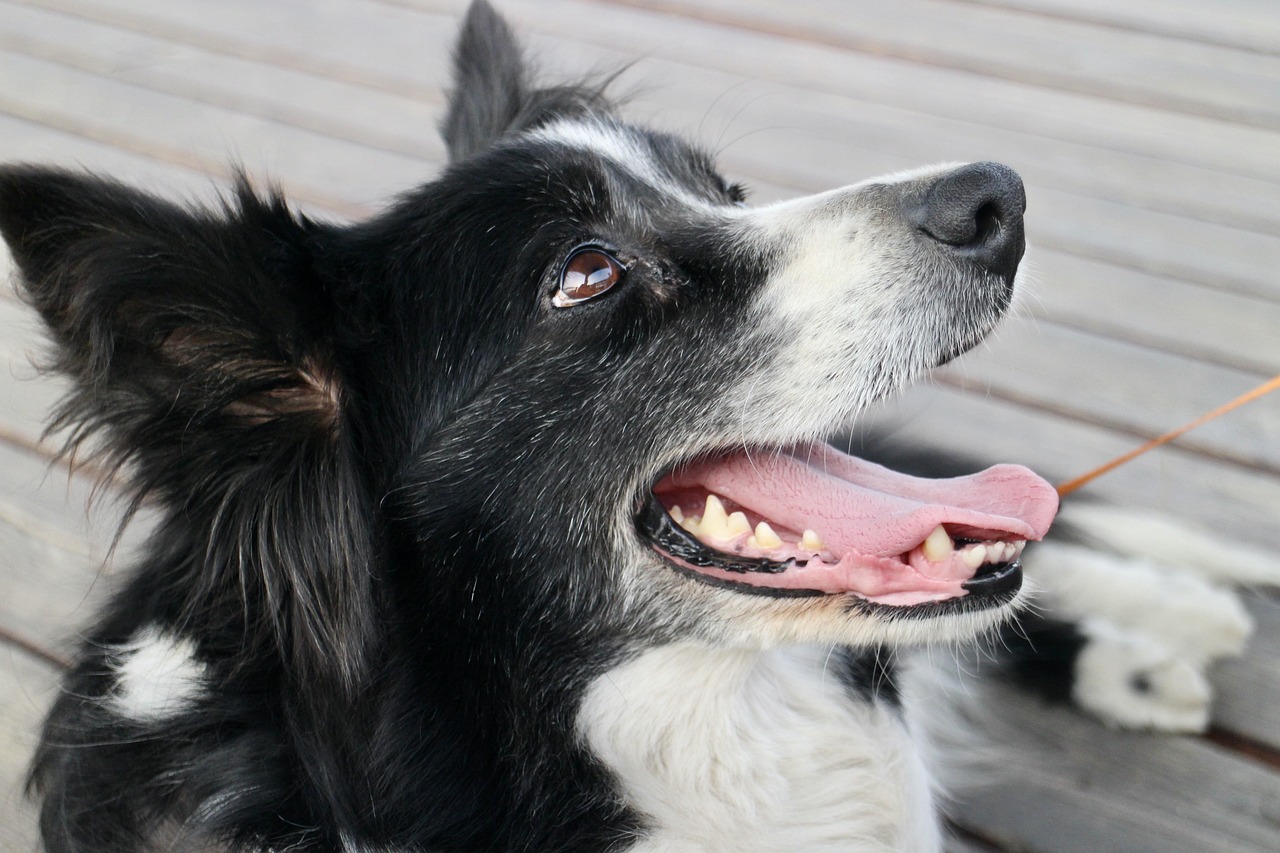
Development Stages
A Border Collie’s size and growth go through different stages as they progress from birth to adulthood. Understanding these stages can help owners provide appropriate care during each phase of their dog’s development.
Birth to Six Weeks
During the first six weeks of a Border Collie’s life, they experience rapid growth. At birth, they are very small and rely entirely on their mother for nourishment. As they grow, their weight increases significantly, and they begin to develop their physical features.
Six Weeks to Four Months
Between six weeks and four months, Border Collie puppies experience substantial growth. Their weight and height continue to increase, and they develop more coordinated movements. This is a critical stage for socialization and training to ensure they grow into well-rounded adults.
Four Months to One Year
During this stage, Border Collies continue to grow, although at a slower rate compared to their puppy stage. It is crucial to provide them with proper nutrition and exercise to support healthy bone and muscle development.
One Year and Beyond
Around the one-year mark, Border Collies reach their full adult size. However, their physical development may continue to progress slightly until they reach the age of two years or more. By this stage, most Border Collies have reached their mature size.
Health Implications
The size of a Border Collie can have various health implications that owners should be aware of to ensure their dog’s well-being.
Size-related health concerns
Larger Border Collies may be more prone to certain health issues, such as hip dysplasia, elbow dysplasia, or other joint problems. The strain on their joints due to their larger size can contribute to these conditions. Regular veterinarian check-ups and proper care can help mitigate these risks.
Obesity and weight management
Maintaining a healthy weight is crucial for all Border Collies, regardless of their size. Obesity can lead to various health problems, including joint pain, diabetes, and heart disease. Providing a balanced diet, portion control, and regular exercise can help prevent weight gain and manage a healthy weight.
Joint and skeletal issues
Border Collies of all sizes may be prone to joint and skeletal issues. Larger Border Collies may experience more strain on their joints, while smaller Border Collies can be more susceptible to skeletal abnormalities. Regular exercise, a balanced diet, and appropriate care can help minimize these risks.
Growth abnormalities
In extreme cases, improper nutrition or genetic factors can contribute to growth abnormalities in Border Collies. These abnormalities may manifest as disproportionate growth, delayed growth, or other physical deformities. Working with a reputable breeder and providing proper care and nutrition can help reduce the risk of such abnormalities.
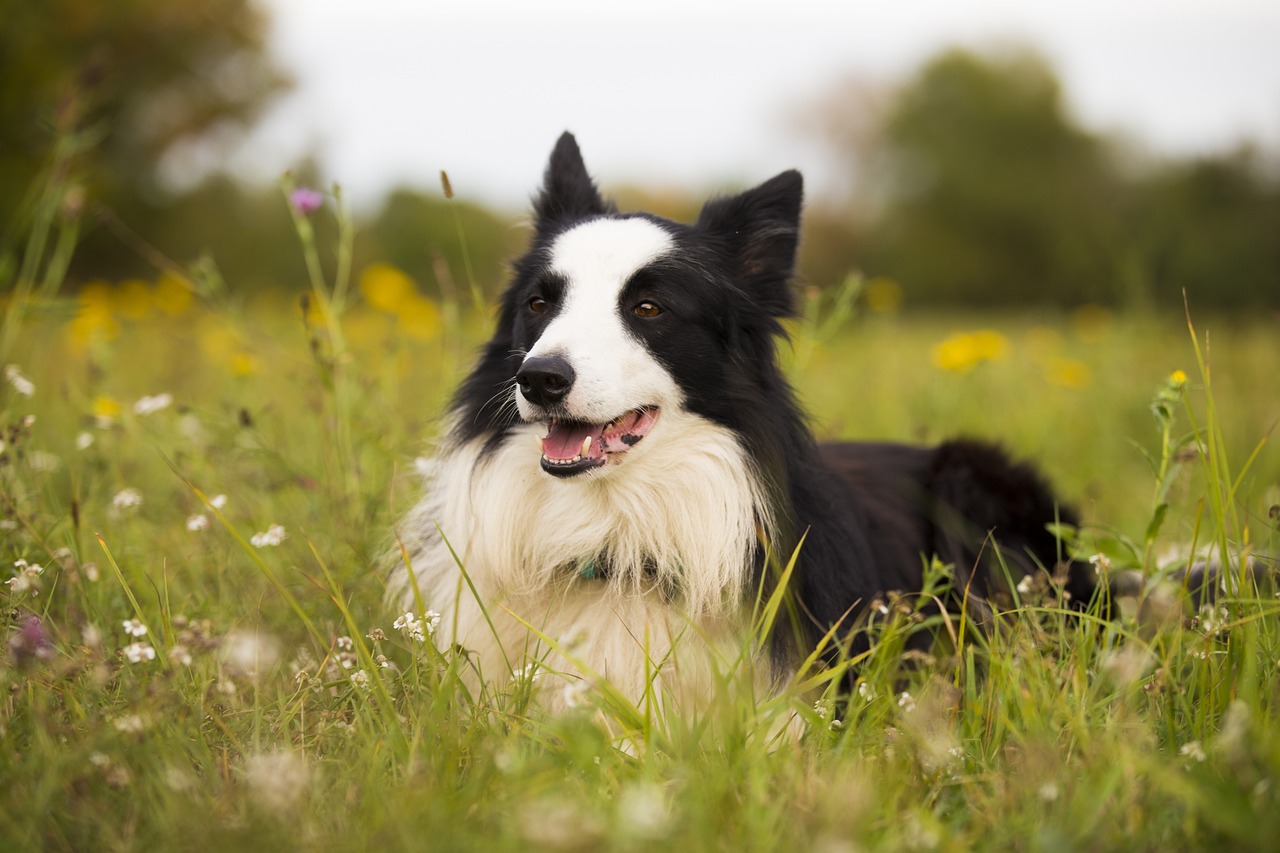
Size and Training
The size of a Border Collie can influence their training experience and the specific considerations involved in their training.
Size impact on training
Larger Border Collies may require more physical strength and control during training exercises. Handlers may need to adapt their techniques to accommodate the size and strength of the dog. Smaller Border Collies may be more agile and nimble, resulting in a different approach to training.
Physical requirements for training
Regardless of size, Border Collies are an intelligent and active breed that thrives on mental and physical stimulation. Engaging in regular training sessions and providing outlets for their energy is crucial for their overall well-being. The specific physical requirements may vary slightly based on the size and individual characteristics of the dog.
Size considerations for different activities
The size of a Border Collie may impact their suitability for certain activities. Larger Border Collies may excel in activities that require strength and endurance, such as herding or dog sports. Smaller Border Collies may be more suitable for activities that demand agility and quick movements, such as agility trials or flyball.
Training challenges based on size
Training challenges for Border Collies can vary depending on their size. Larger Border Collies may require stronger reinforcement techniques due to their physical capabilities, while smaller Border Collies may benefit from more frequent and shorter training sessions to maintain focus. The key is to tailor training methods to meet the individual needs and abilities of the dog.
Size and Living Space
The size of a Border Collie should be considered when determining the most suitable living space for this breed.
Ideal living conditions for Border Collies
Border Collies are active dogs that require mental and physical stimulation. They thrive in living environments that provide ample space for exercise and mental enrichment. A combination of indoor and outdoor areas that allow for free movement and play is ideal for their well-being.
Size considerations for apartments
While it is possible to keep a Border Collie in an apartment, it requires careful consideration and dedication to their exercise needs. Regular walks, visits to dog parks, and mental stimulation become even more crucial in apartment living to provide sufficient outlets for their energy. It is essential to ensure that the apartment is spacious enough to accommodate the dog comfortably.
Size considerations for houses with a yard
Houses with yards provide more room for Border Collies to move freely and engage in play. The size of the yard should be large enough to allow for running and exploration. Additionally, it is crucial to create a secure and safe environment to prevent escape and potential hazards.
Indoor and outdoor exercise requirements
Border Collies require both indoor and outdoor exercise to stay mentally and physically stimulated. Indoor exercise can include interactive toys, puzzle games, and obedience training, while outdoor exercise should consist of activities such as long walks, runs, or playing fetch. The size of the dog may influence the intensity and duration of exercise required.
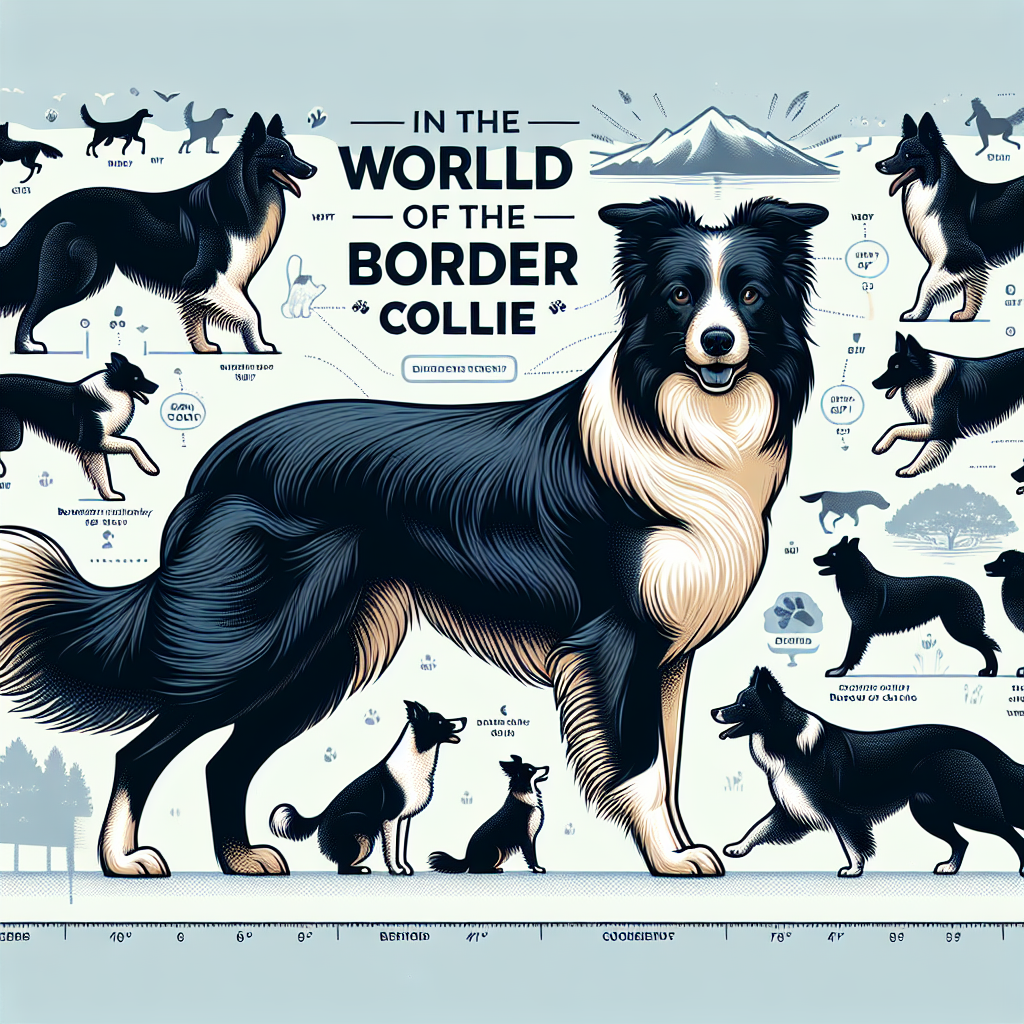
Size and Exercise Needs
The size of a Border Collie can impact their exercise requirements and the type of activities that best suit their needs.
Daily exercise requirements
Border Collies, regardless of their size, have high energy levels and require a significant amount of daily exercise. On average, they need at least 1 to 2 hours of vigorous exercise per day, which can include activities such as running, playing, fetching, or participating in dog sports.
Size impact on activity levels
Larger Border Collies may have more stamina and endurance, allowing them to engage in more extended periods of exercise. Smaller Border Collies, while equally active, may require shorter bursts of intense activity due to their size.
Types of exercises suitable for Border Collies
Border Collies excel in various activities, including herding, agility trials, flyball, obedience training, and frisbee. These activities provide mental stimulation and physical exercise that is essential for their well-being. The type of exercises should be chosen based on the size and individual characteristics of the dog.
Size considerations for different age groups
Age is an important factor to consider when determining the exercise needs of a Border Collie. Puppies require shorter exercise sessions to avoid putting too much strain on developing joints, while adult Border Collies need more active and vigorous exercise. Senior Border Collies may require age-appropriate exercises that are gentler on their aging bodies.
Finding the Right Size for You
When considering a Border Collie, it is essential to find the right size that suits your lifestyle and meets the needs of the dog.
Determining your lifestyle and needs
Consider your lifestyle, living conditions, and the amount of time and energy you can dedicate to a dog. Assess whether a larger or smaller Border Collie would be more suitable for your daily routine, activity level, and goals as a pet owner.
Considering the space available
Evaluate the space you have available, whether it is an apartment or a house with a yard. Determine if the size of the living space can comfortably accommodate a Border Collie and provide the necessary exercise opportunities.
Determining the level of physical activity you can offer
Be realistic about the amount of physical activity you can provide on a daily basis. Consider your exercise preferences and ability to engage in activities such as running, walking, or participating in dog sports. Choose a size of Border Collie that aligns with your exercise capabilities.
Understanding the specific size characteristics of Border Collies
Educate yourself about the size variations and characteristics of Border Collies. Consider the potential health implications, training considerations, and exercise needs associated with different sizes. This knowledge will help you make an informed decision about the size of Border Collie that best fits your lifestyle.
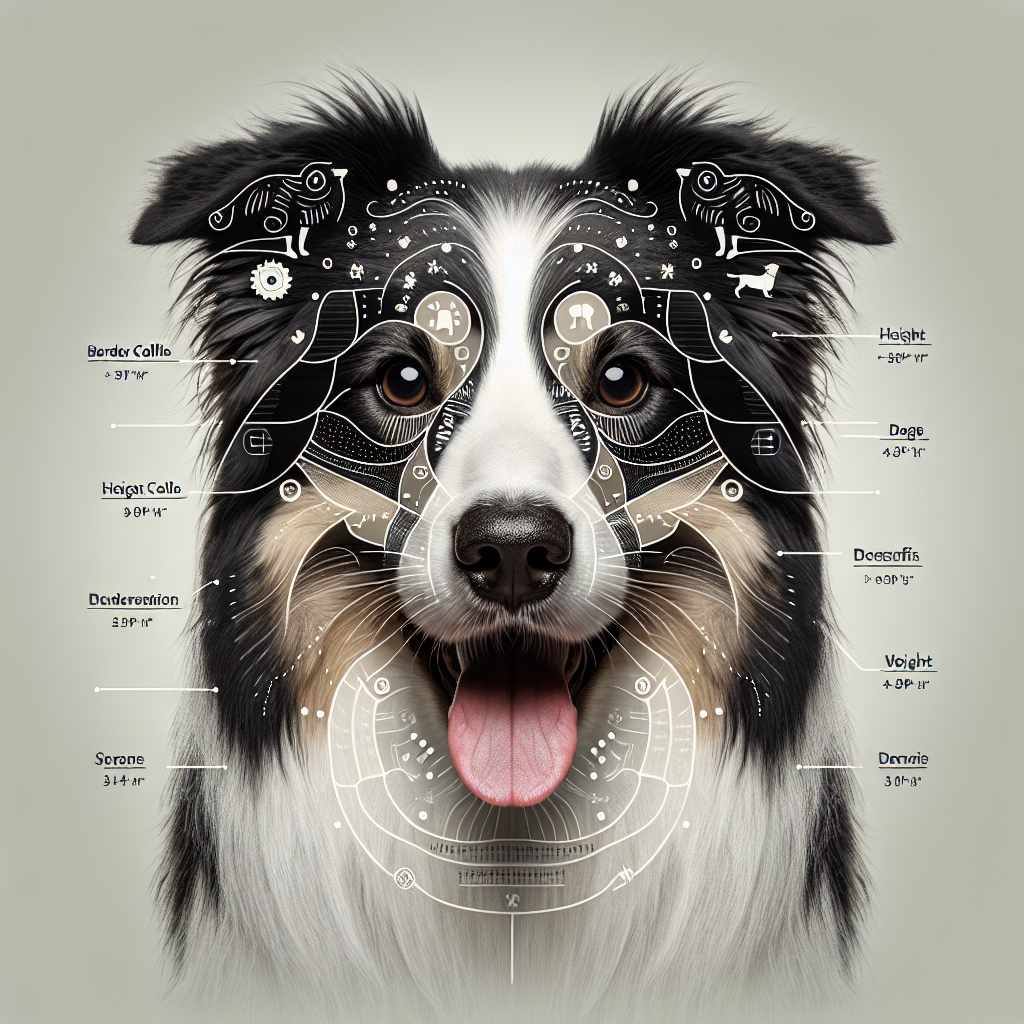
Conclusion
The size of a Border Collie is an important aspect to consider when choosing or owning this breed. Border Collies typically fall within a specific height and weight range, but variations exist based on genetics, lineage, gender, nutrition, and exercise. Understanding the size comparisons, factors affecting size, size variations, and the implications of size on health, training, living space, and exercise needs will ensure that you can make the right choice and provide the best care for your Border Collie.
